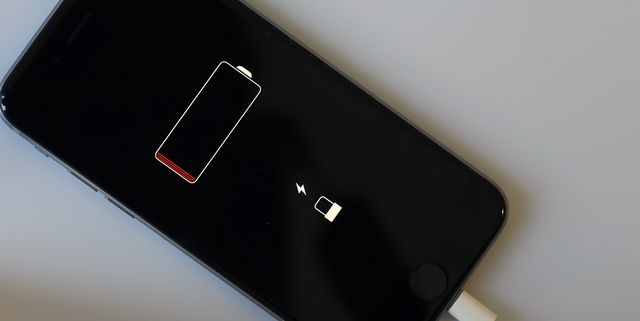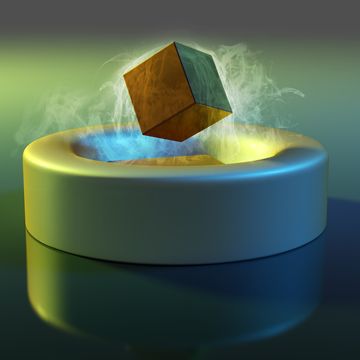- Lithium-sulfur batteries could be a reality with a new binding filler arranged as a bridge, not a network.
- Lithium-sulfur is a holy grail of battery development, with capacity many times more than lithium ion alone.
- High-capacity electrodes swell in volume up to 78 percent and bust out of traditional network binder architectures.
Scientists are exploring ways to make lithium-sulfur batteries that can compete with the lithium-ion batteries that are the current standard. In Science Advances, lead author Mahdokht Shaibani and colleagues in Australia and Europe describe a way to make lithium-sulfur batteries more powerful by building frameworks that can accommodate the sulfur electrodes’ rapidly changing volume without losing energy.
Different kinds of distortion and swelling also affect lithium-ion batteries—electrodes power every kind of battery and their volumes can change dramatically because of chemistry and accumulating power. As lithium-sulfur batteries charge, the volume of the electrodes inside them grows so much that, like Alice in Alice in Wonderland, the electrode can bust out of its casing. This severs the connections that allow the battery to distribute their power at all.
For a long time, lithium-sulfur has had huge promise as a power source that far outpaces lithium-ion, but this simple structural problem has prevented development. Lithium-sulfur should be a holy grail in energy, especially for smartphones. “Instead it breaks apart, in the same way we might when placed under stress,” Dr. Shaibani told New Atlas. (The human body reacts in many, almost random ways to electrical current.)
Volume changes affect all electrodes, and scientists are always searching for new ways to make batteries more durable and elastic despite them; lithium-sulfur is just an extreme case whose huge energy capacity makes it a high priority.
“The high-capacity sulfur cathode in the Li-S system suffers from a severe volume change (around 78 [percent]) upon cycling—typically around eight times higher than that of the electrodes in LIBs,” the team wrote in its abstract.
But the payoff would be huge: a smartphone charge lasting up to five days, New Atlas reports. The current Samsung Galaxy S10 battery lasts “a fantastic 12 hours and 35 minutes,” and five days would represent nearly a 900 percent improvement. The secret that Dr. Shainabi’s team has revealed in its research is in “expansion-tolerant architectures,” where high-capacity electrodes can grow to their full upper limit volume without breaking the framework they’re in.
“There needs to be a rethink of the design rules for their fabrication,” the team wrote. They used existing polymer binders, meaning the material that holds electrodes within batteries, but built them into an overall structure with a lot more space for electrode growth. “To date, the polymeric binders [...] have been evaluated simply on the basis of their ability to make crack-free dense microstructures,” the scientists wrote. They took a broader view instead.
“We have shown that smaller proportions of the same binders can [...] produce a cathode architecture that offers minimum interference with electrochemical reactions and ion movement and accommodates natural volume expansion,” the researchers concluded. Their overall structure moved from a network—when a liquid binder fills the space in a battery, it cradles the electrodes in a networked topology—to a bridge, where all the electrodes are linked but without packing the entire interior with liquid.
Dr. Shainabi’s team is confident its method will lead to more practical versions of the elusive lithium-sulfur battery. The huge capacity, combined with “low cost, environmental friendliness, abundance of materials available, and ease of processing,” seem to make the change inevitable.

Caroline Delbert is a writer, avid reader, and contributing editor at Pop Mech. She's also an enthusiast of just about everything. Her favorite topics include nuclear energy, cosmology, math of everyday things, and the philosophy of it all.













